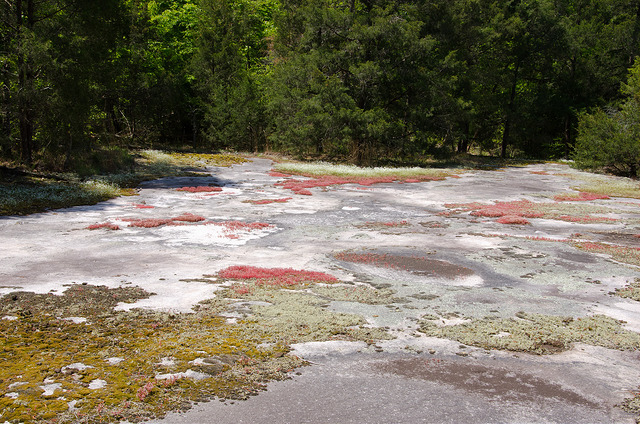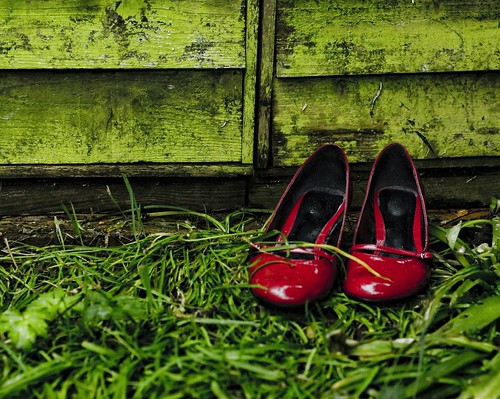Self care prescription: solitude and company in solitude
It’s time for a serious chat – beyond well-intentioned resolutions to a topic many of us have neglected for far too long. Self-care. There are many symptoms that present to indicate we have been guilty of self-neglect. Nagging loneliness, confusion, depression, listlessness, lack of purpose. Bitterness, envy, rage, resignation. These are the emotional signs. The physical signs also begin to manifest as illness, lethargy and blobbiness. That’s the scientific term I just invented for feeling like a poop pile.
Like most all women, we’ve been raised to be compliant and nurturing, sacrificing and pleasant. It’s almost impossible to hold on to needing to put ourselves first, trust our instincts and letting that wildish nature free. And when every free minute can most easily be filled up with social media scrolling, tv viewing and texting, it takes herculean effort to set aside time to listen to that quiet voice inside.
Last night I met with a group of women for a forest walk in a nature preserve, which included some introspective activities, discussion, meditation and story time, and then moon-watching. It was restorative to be surrounded not only by the natural world in it’s chilling and colorful one-ness, but also this group of women. We had all taken some time to reconnect despite the many demands in our lives insisting we stay home.

We sat in a circle to meditate and discuss Estes’ rendition of the tale of the girl with the red shoes that she published in her book, Women Who Run With Wolves. It’s a version of the Hans Christian Andersen tale.
If you’ve read the story, it seems quite dark. Fairy tales often tended to have dark and grave endings to help illustrate the seriousness of the point. The happy endings prevent us from learning the appropriate lesson. The tale’s interpretation that has meaning for me is that the little girl lost her feet, her freedom, because she gave in to poor, shiny substitutes to her own creative license. Her homemade red shoes had been taken from her, and also her freedom as she is given food, clean clothes, new shoes and other comforts. Shiny red shoes become her obsession. But the shoes dance away with her in them and she cannot stop dancing until her feet are chopped off.

We accept comforts and addictions rather than what we really need. We use
food to feel satisfied
alcohol and screens to feel numb and pass the time
attention-seeking to feel worthy
work to feel important
serving others so we can feel needed
and these things become poor replacements that drive us dancing toward physical or spiritual death. We lose ownership of our own life, our ability to stop the dance of substitutions and get back to what is real.
The prescription for recovery is to spend time with ourselves, and to spend time in the company of those we can be ourselves with. My previous post about Care of the Soul discusses some of these ways to spend time with yourself, as suggested by Thomas Moore in his book Care of the Soul. My next post will discuss the more day-to-day ways we can monitor our “self” and take care of our “self.”